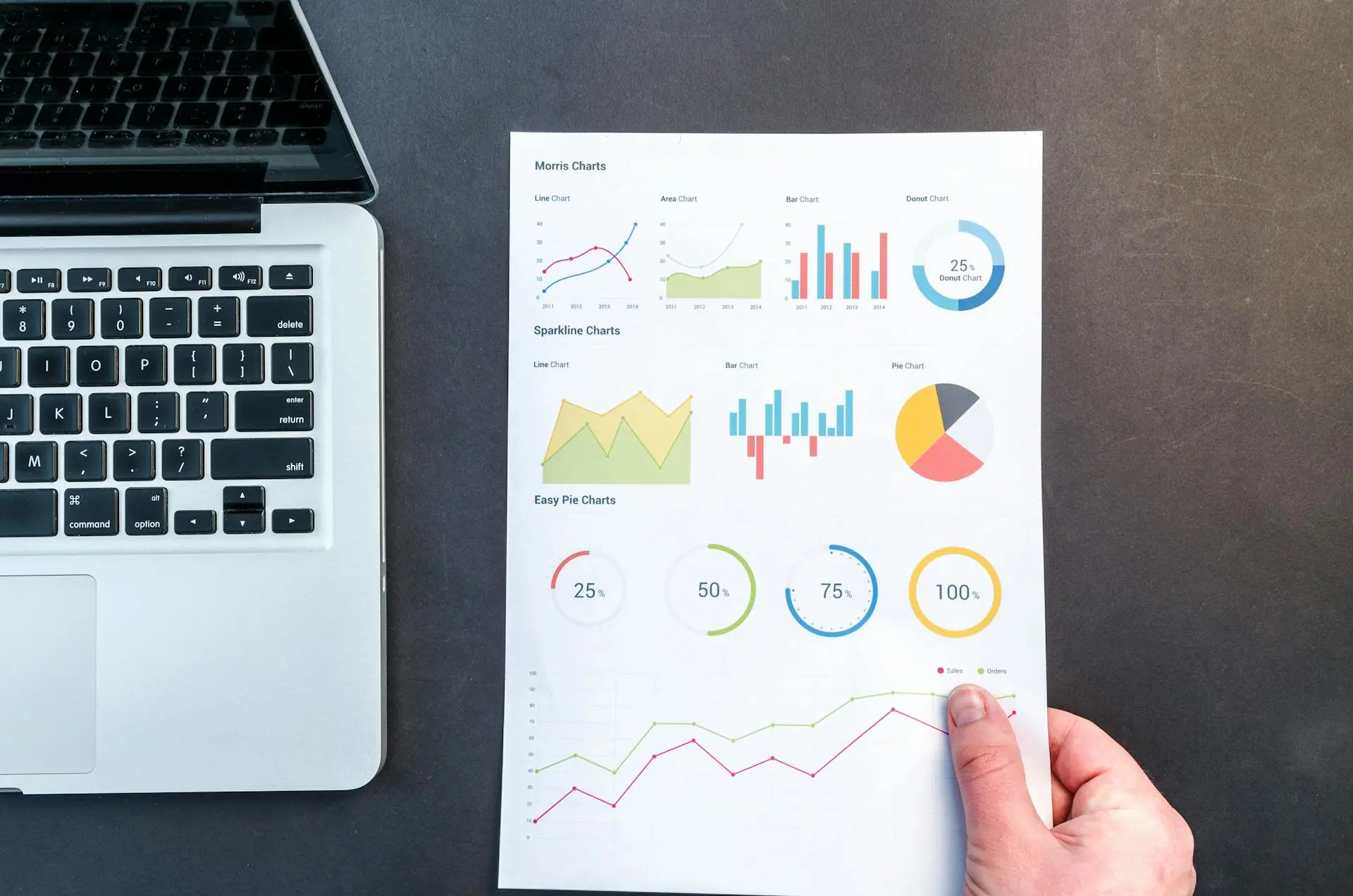The Power of Predictive Analytics in Growing Business Outcomes

Key Takeaways:
- Deep insights into the foundational principles and strategic importance of predictive analytics.
- A broad view of the applications of predictive analytics across diverse industry sectors.
- Discussion on the critical role of quality data management in predicting accurate outcomes.
- Consideration of the need to foster a data-centric culture within modern organizations.
- Reflections on the future directions and innovations in predictive analytics.
Without a doubt, predictive analytics is taking the business world by storm. Utilizing historical data to forecast future events is not just a competitive edge; it symbolizes a revolution in decision-making strategies. When businesses implement predictive analytics techniques, they can transcend the typical reactive approach, moving towards proactive and pre-emptive action plans. This results in enhanced customer satisfaction, optimized operations, and maximized profits.
In the upcoming sections, we aim to provide a comprehensive narrative on the multifaceted discipline of predictive analytics. This piece will touch on the theoretical underpinnings, practical applications, integration into business processes. Futuristic trajectories of predictive technologies while folding invaluable insights from credible resources.
Contents [show]
The Basics of Predictive Analytics
In the realm of predictive analytics techniques, the foundation lies in data science. Utilizing statistical and machine learning methods, vast amounts of historical data are distilled to construct models that can forecast probable future events or behaviors. This predictive capability hinges on recognizing trends and patterns from past occurrences and leveraging this understanding to project potential outcomes. Such an analytical methodology holds significant potency. Especially when organizations grapple with copious amounts of unstructured data brimming with prospective insights.
To refine these insights, one must grasp that predictive models are not standalone tools but are part of a larger analytics strategy. This approach typically begins with a straightforward question or goal—whether to predict customer churn rates, forecast market trends or anticipate supply chain disruptions. Businesses can tailor their predictive analytics strategies for maximum impact by focusing on specific, actionable objectives.
Applications of Predictive Analytics Across Industries
With its inherent flexibility, predictive analytics extends its value to every industry eager to make data-driven decisions. Retailers harness these analytics to personalize marketing efforts, using predictions about customer behavior to tailor promotions more likely to result in sales. In finance, predictive models are applied to assess credit risk, detect fraud, and inform investment decisions. But the applicability doesn’t stop there—predictive analytics also plays a vital role in agriculture. Which can forecast crop yields and thus influence the entire supply chain logistics.
The healthcare industry sees predictive analytics as a beacon of hope in patient care and disease management. Providers can predict patient risks and improve diagnostic accuracy by analyzing patient data. In manufacturing, predictive maintenance models are employed to predict when machinery might fail. Allowing preventative measures to be taken before costly downtimes occur, thus ensuring streamlined production processes.
Integrating Predictive Analytics into Business Strategy
Integrating predictive analytics into a business’s strategic blueprint requires meticulous planning and a robust framework that fosters data accuracy and consistent analysis. When executed correctly, predictive analytics informs better business decisions and identifies new market opportunities and areas for innovation. However, the task is not trivial—understanding how to interpret the results and methodologies behind predictive models is just as crucial as having cutting-edge analytics tools.
By focusing on key performance indicators (KPIs) and aligning predictive outcomes with business objectives. Companies can begin to see their data as a strategic asset. Implementing predictive models into routine business operations takes careful consideration but ultimately leads to a more agile, responsive, and foresight-driven organization.
Data Management and Quality for Accurate Predictions
Data is the lifeline of any predictive analytics initiative, and the predictions’ clarity depends on the data stream’s purity. Robust data governance practices are crucial, requiring organizations to maintain attention to data consistency, reliability, and timeliness. Furthermore, as the landscape of data privacy continues to morph, businesses must remain vigilant to stay compliant with current regulations, all while using data ethically and responsibly to maintain trust with their stakeholders.
Recognition and interpretation of quality data fall on the shoulders of data scientists and analysts. It should be a concerted effort throughout the organization, from the C-suite to the operational employees. To understand the importance of accurate data collection and management for the success of predictive endeavors.
Fostering a Data-Driven Culture
A foundational shift in organizational attitudes toward data is critical for successfully adopting analytics. Businesses that thrive in the modern economy prioritize data literacy among their workforce, embracing the benefits that a data-centric approach can bring to every decision and action. It’s about cultivating an environment where data is heralded as a core component of strategy and operations. Endorsed by leadership, and embodied by all employees.
However, instilling a data-driven mindset is challenging. Legacy systems and traditional practices may be deeply ingrained, and only some stakeholders may be readily prepared to pivot toward a data-focused perspective. Successful businesses overcome these challenges by demonstrating the tangible benefits of data through real-world applications, encouraging trust and buy-in from every level of the organization.
The Future of Predictive Analytics
The trajectory of analytics is poised for even more remarkable advancements. Artificial intelligence is projected to refine predictive capabilities further, allowing for nuanced and highly accurate forecasting models that are valuable across all facets of the industry. As organizations prepare to harness these advancements, there needs to be a commitment to continuous learning and adaptation. It’s not just about staying current with technology—it’s about fostering innovation within the workforce to turn that technology into strategic success.
With an eye to the future and a dedication to the present. Organizations that leverage the power of predictive analytics are charting a course toward a more insightful and proactive business landscape. By adopting and adapting to predictive tools. Businesses plan for the now and set the stage for continued success in an ever-evolving, data-driven age.
Also Read: What are the benefits of Business Analytics?




